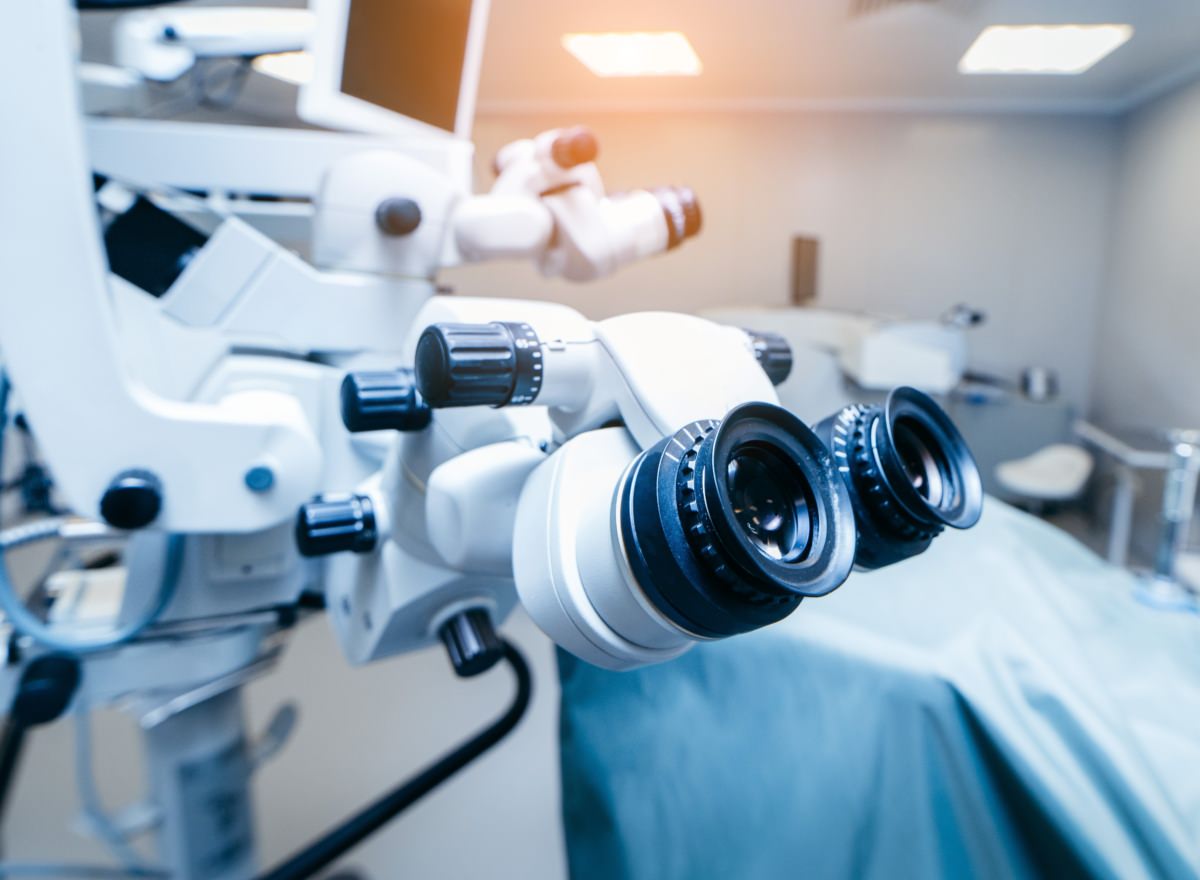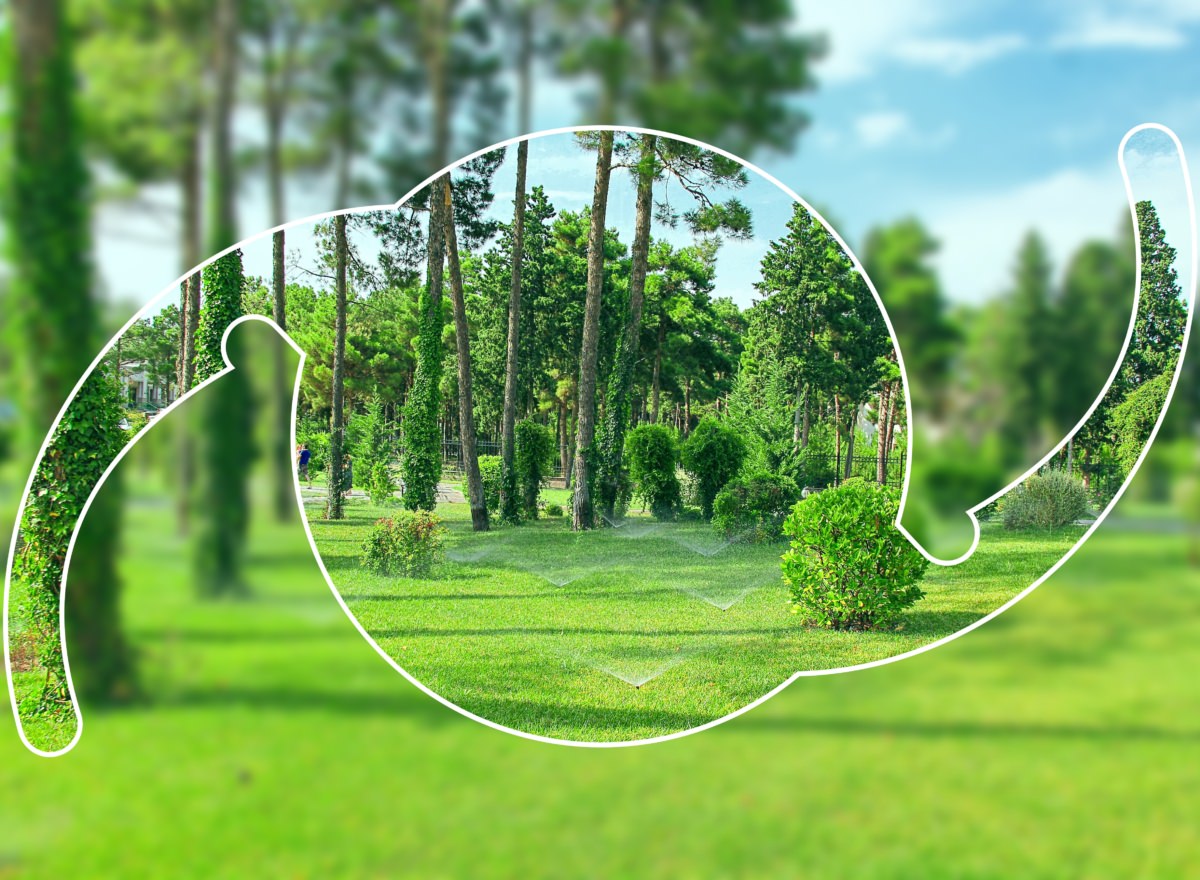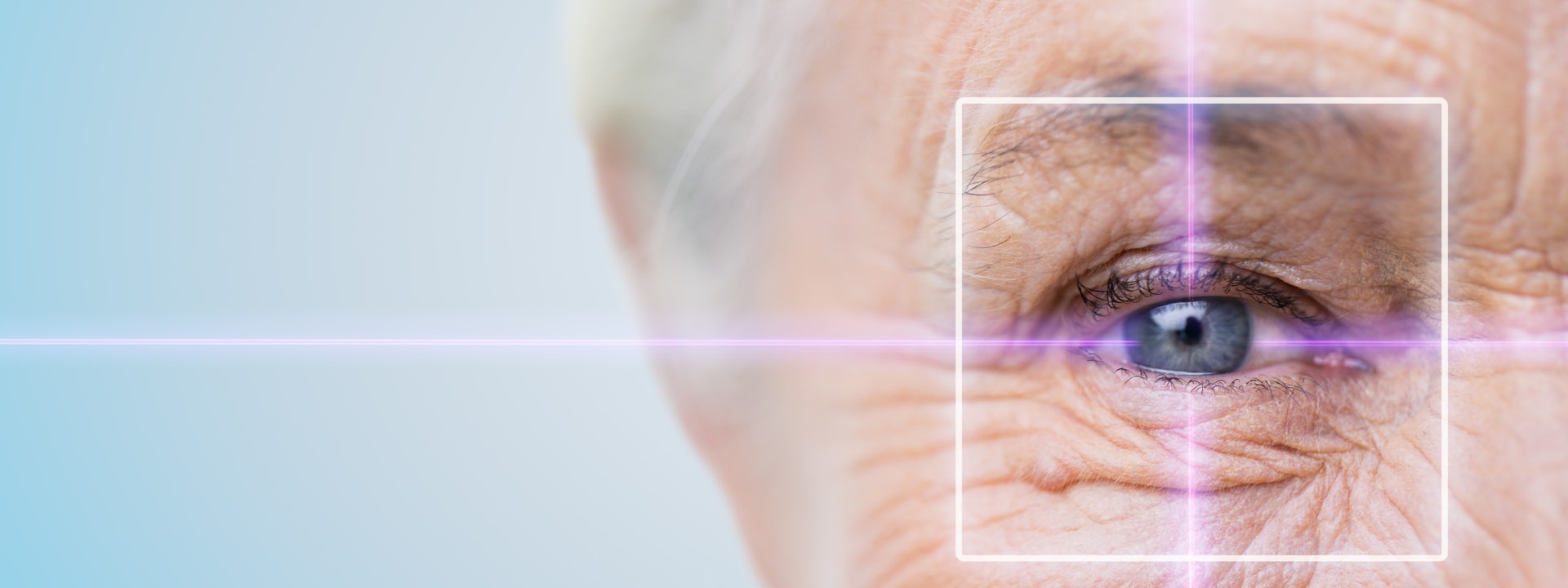
Cataract refers to a clouding of the originally clear lens of the eye.
Cataract is not a disease in the strict sense, but it is the result of the quite natural aging process of the eye lens.
The natural lens of the eye is a transparent organ, which gradually becomes cloudy in the course of life. Since this process of the lens is usually very slow, most patients hardly notice it. Some patients report a gray haze, others report changes in the values of their glasses, although in most cases reading without glasses is suddenly possible again. Color impressions also change.

The Treatment
The treatment for cataracts is cataract surgery, and the timing of the surgery is largely determined by patients based on your visual acuity impairment. This also depends, of course, very much on the demands of your daily and professional life.
The operation itself is almost always performed under drip anesthesia; under certain conditions, surgery can also be performed under general anesthesia. In this case, the natural lens is exchanged for an artificial lens. The choice of the appropriate lens is discussed with the patient in advance as part of the surgical explanation. The insertion of the corresponding special lenses can also be performed if indicated.
The cataract surgery is performed by me personally in the Donaustadt Clinic. The procedure is performed on an outpatient basis, usually you can see well the next day and have almost no restrictions.

What causes cataract?
In the vast majority of cases, the cause of a cataract is a "normal" age-related change in the eye. "Everybody gets cataracts". Thus, cataract surgery is also the most frequently performed surgery worldwide

How do cataracts develop?
The natural lens of the eye is a transparent organ that gradually becomes cloudy as we age. The development of cataracts varies. In most cases, the cause is an age-related change in metabolism. The incident light can no longer penetrate the retina unhindered and is also scattered. As a result, sharp images no longer appear on the retina.
Cataract: Symptoms
The clouding of the eye lens usually proceeds very slowly. Therefore, it is hardly noticed by most patients, some patients report a gray haze, others report a change in their spectacle values, although in most cases reading without glasses is suddenly possible again.
The clouding of the lens causes scattered light on the retina. As a result, contrast vision can deteriorate severely. Significant stray light when driving at night is also often reported.


Operation: Move the sliders back and forth to compare the two visual impressions. Image of vision.
How are cataracts diagnosed?
Cataracts can be detected by ophthalmologists through a slit lamp examination. The treatment for cataracts is cataract surgery, and the timing of the surgery is largely determined by patients based on your visual acuity impairment. This also depends, of course, very much on the demands of your daily and professional life.
Cataract surgery (cataract surgery)
The operation itself is almost always performed under drip anesthesia; under certain conditions, surgery can also be performed under general anesthesia. In this case, the natural lens is exchanged for an artificial lens. The choice of the appropriate lens is discussed with the patient in advance as part of the surgical explanation. The insertion of the appropriate special lenses can also be performed if indicated. The cataract surgery is performed by me personally in the Donaustadt Clinic. The procedure is performed on an outpatient basis, and patients are usually able to see well the next day and have virtually no limitations.
Aftercare:
Postoperative healing usually takes between 2 and 4 weeks. After 4 weeks, the final visual acuity is achieved, so that spectacles can be fitted if necessary. The second eye can be operated at the same time or after 1-3 weeks after the first eye. Usually, however, the patient waits until the operated eye has healed.
